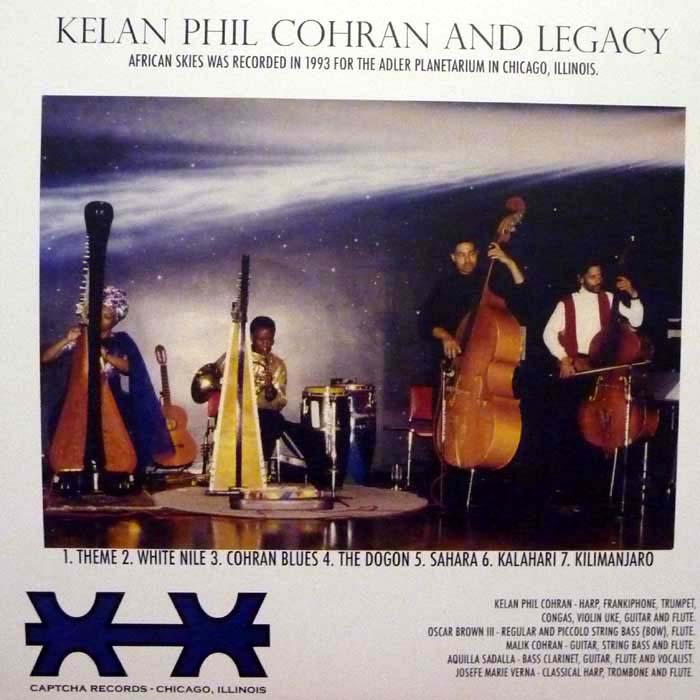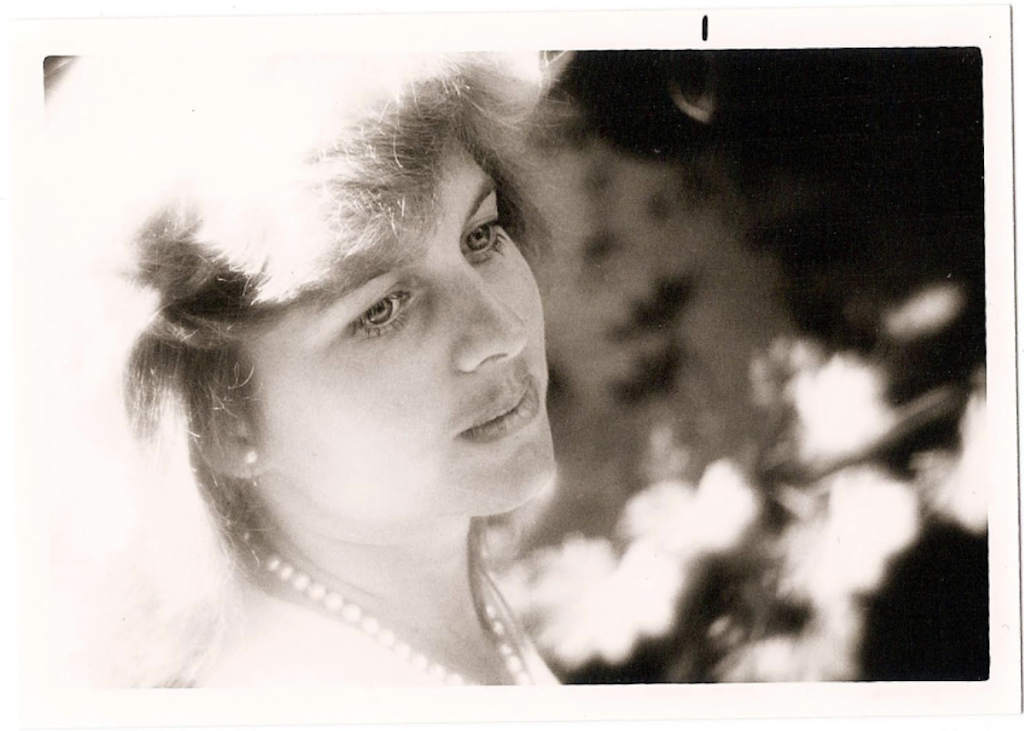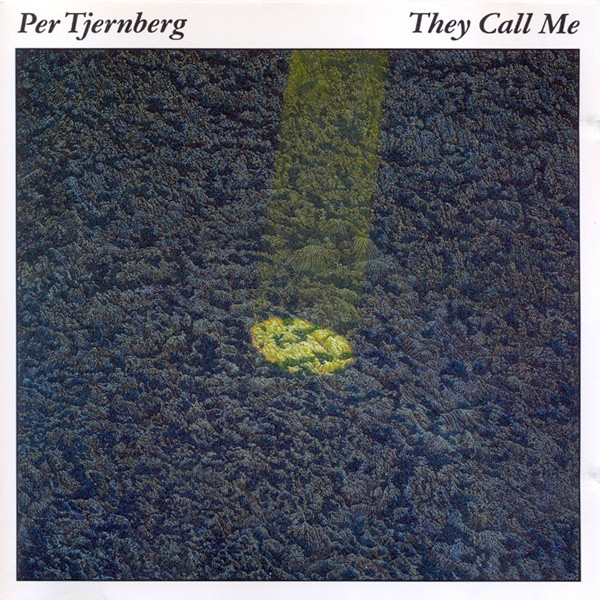 An ambitious and highly effective combustion of ambient jazz and a slew of musical traditions, whirlwinded together with dizzying, almost violent enthusiasm by Swedish jazz percussionist Per Tjernberg. Gamelan textures, Indian tabla, Aboriginal didgeridoo, Gabonese and Cameroonian sanza and mbira humming, Japanese strings, African flute, oud, and drums from too many countries to name.
While writing this post I realized that Tjernberg is also responsible for this reggae-pop treat (released under the wink-wink pseudonym Per Cussion) that I’ve had in my “tracks to do things with” pile for years. That he succeeds at such wildly different efforts (which are equally unabashed in their proclivity towards cultural borrowing, or, you know, appropriation; call it what you will) is a testament not just to his musicianship (though They Call Me is his first release under his own name, he was already well-seasoned in other projects) but to the grace with which he applies textures outside of their traditional contexts and shapes them into landscapes that sound simultaneously very terrestrial and slightly alien. (Relatedly, he’s also touted as the first Swede to make a rap record, which he did with the aid of American rappers, and about which I have nothing to say other than that I like the kalimba.)
There is, as you might expect, a lot going on here, but They Call Me shifts comfortably between wild freeform jazz and more subdued textural motifs, and I (predictably) think its strongest moments are when it leans into the latter mode. The title track, as well as “Didn’t You Know…Didn’t You Know” (previewed below) are very high highs. The closing track, “This Earth: Prayer,” is stunning in scope, managing to do so much with what is, for much of the song, just a didgeridoo, a lone brass instrument, and some light percussion. It evokes whales and also something even more cosmic, and I’m reminded strongly of Deep Listening every time I hear it. I don’t know that this record is for everyone, but if it’s for you, it’s definitely for you.
An ambitious and highly effective combustion of ambient jazz and a slew of musical traditions, whirlwinded together with dizzying, almost violent enthusiasm by Swedish jazz percussionist Per Tjernberg. Gamelan textures, Indian tabla, Aboriginal didgeridoo, Gabonese and Cameroonian sanza and mbira humming, Japanese strings, African flute, oud, and drums from too many countries to name.
While writing this post I realized that Tjernberg is also responsible for this reggae-pop treat (released under the wink-wink pseudonym Per Cussion) that I’ve had in my “tracks to do things with” pile for years. That he succeeds at such wildly different efforts (which are equally unabashed in their proclivity towards cultural borrowing, or, you know, appropriation; call it what you will) is a testament not just to his musicianship (though They Call Me is his first release under his own name, he was already well-seasoned in other projects) but to the grace with which he applies textures outside of their traditional contexts and shapes them into landscapes that sound simultaneously very terrestrial and slightly alien. (Relatedly, he’s also touted as the first Swede to make a rap record, which he did with the aid of American rappers, and about which I have nothing to say other than that I like the kalimba.)
There is, as you might expect, a lot going on here, but They Call Me shifts comfortably between wild freeform jazz and more subdued textural motifs, and I (predictably) think its strongest moments are when it leans into the latter mode. The title track, as well as “Didn’t You Know…Didn’t You Know” (previewed below) are very high highs. The closing track, “This Earth: Prayer,” is stunning in scope, managing to do so much with what is, for much of the song, just a didgeridoo, a lone brass instrument, and some light percussion. It evokes whales and also something even more cosmic, and I’m reminded strongly of Deep Listening every time I hear it. I don’t know that this record is for everyone, but if it’s for you, it’s definitely for you.
Per Tjernberg – They Call Me, 1990
 An ambitious and highly effective combustion of ambient jazz and a slew of musical traditions, whirlwinded together with dizzying, almost violent enthusiasm by Swedish jazz percussionist Per Tjernberg. Gamelan textures, Indian tabla, Aboriginal didgeridoo, Gabonese and Cameroonian sanza and mbira humming, Japanese strings, African flute, oud, and drums from too many countries to name.
While writing this post I realized that Tjernberg is also responsible for this reggae-pop treat (released under the wink-wink pseudonym Per Cussion) that I’ve had in my “tracks to do things with” pile for years. That he succeeds at such wildly different efforts (which are equally unabashed in their proclivity towards cultural borrowing, or, you know, appropriation; call it what you will) is a testament not just to his musicianship (though They Call Me is his first release under his own name, he was already well-seasoned in other projects) but to the grace with which he applies textures outside of their traditional contexts and shapes them into landscapes that sound simultaneously very terrestrial and slightly alien. (Relatedly, he’s also touted as the first Swede to make a rap record, which he did with the aid of American rappers, and about which I have nothing to say other than that I like the kalimba.)
There is, as you might expect, a lot going on here, but They Call Me shifts comfortably between wild freeform jazz and more subdued textural motifs, and I (predictably) think its strongest moments are when it leans into the latter mode. The title track, as well as “Didn’t You Know…Didn’t You Know” (previewed below) are very high highs. The closing track, “This Earth: Prayer,” is stunning in scope, managing to do so much with what is, for much of the song, just a didgeridoo, a lone brass instrument, and some light percussion. It evokes whales and also something even more cosmic, and I’m reminded strongly of Deep Listening every time I hear it. I don’t know that this record is for everyone, but if it’s for you, it’s definitely for you.
An ambitious and highly effective combustion of ambient jazz and a slew of musical traditions, whirlwinded together with dizzying, almost violent enthusiasm by Swedish jazz percussionist Per Tjernberg. Gamelan textures, Indian tabla, Aboriginal didgeridoo, Gabonese and Cameroonian sanza and mbira humming, Japanese strings, African flute, oud, and drums from too many countries to name.
While writing this post I realized that Tjernberg is also responsible for this reggae-pop treat (released under the wink-wink pseudonym Per Cussion) that I’ve had in my “tracks to do things with” pile for years. That he succeeds at such wildly different efforts (which are equally unabashed in their proclivity towards cultural borrowing, or, you know, appropriation; call it what you will) is a testament not just to his musicianship (though They Call Me is his first release under his own name, he was already well-seasoned in other projects) but to the grace with which he applies textures outside of their traditional contexts and shapes them into landscapes that sound simultaneously very terrestrial and slightly alien. (Relatedly, he’s also touted as the first Swede to make a rap record, which he did with the aid of American rappers, and about which I have nothing to say other than that I like the kalimba.)
There is, as you might expect, a lot going on here, but They Call Me shifts comfortably between wild freeform jazz and more subdued textural motifs, and I (predictably) think its strongest moments are when it leans into the latter mode. The title track, as well as “Didn’t You Know…Didn’t You Know” (previewed below) are very high highs. The closing track, “This Earth: Prayer,” is stunning in scope, managing to do so much with what is, for much of the song, just a didgeridoo, a lone brass instrument, and some light percussion. It evokes whales and also something even more cosmic, and I’m reminded strongly of Deep Listening every time I hear it. I don’t know that this record is for everyone, but if it’s for you, it’s definitely for you.
 Another gem from private issue new age icon David Casper, one of the later follow-ups to his excellent
Another gem from private issue new age icon David Casper, one of the later follow-ups to his excellent  Another favorite from the Hosono canon. This was the score for the first animated adaptation of The Tale of Genji, a sprawling piece of 11th century literature written by noblewoman Shikibu Murasaki, considered by many to be the first modern novel in recorded history. (
Another favorite from the Hosono canon. This was the score for the first animated adaptation of The Tale of Genji, a sprawling piece of 11th century literature written by noblewoman Shikibu Murasaki, considered by many to be the first modern novel in recorded history. (
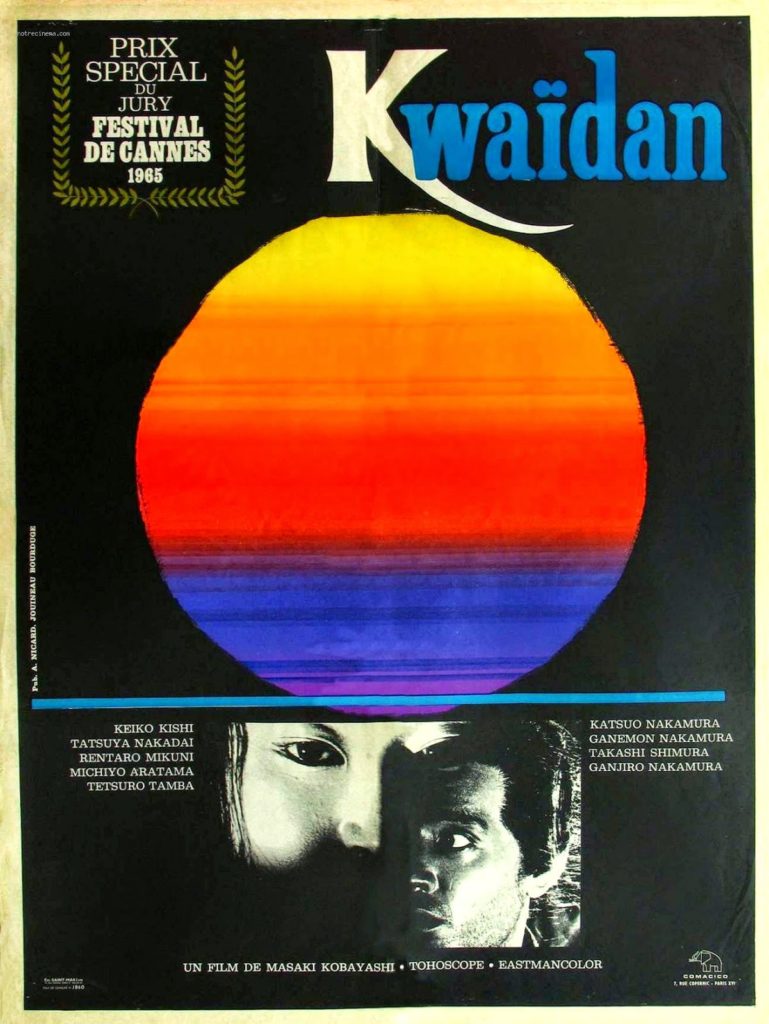 A watershed moment in the career of an avant-garde giant. Takemitsu composed several hundred pieces of music, many of them massive and orchestral in scope; scored over 90 films; and published 20 books before his death in 1996. Interestingly, much of his early output was marked by his contempt for traditional Japanese (and, more broadly, non-Western) music, colored by his experiences of the war, during which Japanese music was associated with militaristic and nationalistic cultural ideals. In his own words: “There may be folk music with strength and beauty, but I cannot be completely honest in this kind of music. I want a more active relationship to the present. Folk music in a ‘contemporary style’ is nothing but a deception.” So severe was his enmity with tradition that he famously destroyed several of his own works upon discovering that he had unintentionally incorporated “nationalistic” elements of traditional Japanese scales. An early proponent of musique concrète, his work has often been cast as in synchronicity with Pierre Schaeffer; however, neither were aware of the other at the time (though Takemitsu was an ardent admirer of John Cage).
Still, despite his fierce commitment to avant-garde experimentation, by the 1960s he had started to more deliberately incorporate traditional Japanese scales, elements of folk songs, the tones and modes of Gagaku, and, as evidenced in Kwaidan, ancient instruments like the
A watershed moment in the career of an avant-garde giant. Takemitsu composed several hundred pieces of music, many of them massive and orchestral in scope; scored over 90 films; and published 20 books before his death in 1996. Interestingly, much of his early output was marked by his contempt for traditional Japanese (and, more broadly, non-Western) music, colored by his experiences of the war, during which Japanese music was associated with militaristic and nationalistic cultural ideals. In his own words: “There may be folk music with strength and beauty, but I cannot be completely honest in this kind of music. I want a more active relationship to the present. Folk music in a ‘contemporary style’ is nothing but a deception.” So severe was his enmity with tradition that he famously destroyed several of his own works upon discovering that he had unintentionally incorporated “nationalistic” elements of traditional Japanese scales. An early proponent of musique concrète, his work has often been cast as in synchronicity with Pierre Schaeffer; however, neither were aware of the other at the time (though Takemitsu was an ardent admirer of John Cage).
Still, despite his fierce commitment to avant-garde experimentation, by the 1960s he had started to more deliberately incorporate traditional Japanese scales, elements of folk songs, the tones and modes of Gagaku, and, as evidenced in Kwaidan, ancient instruments like the 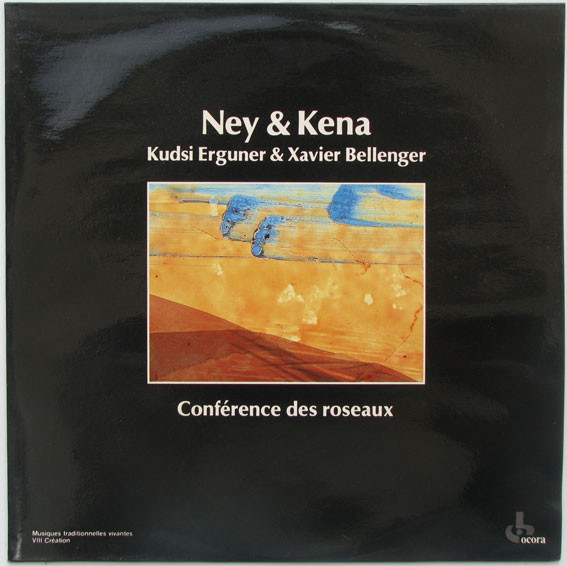
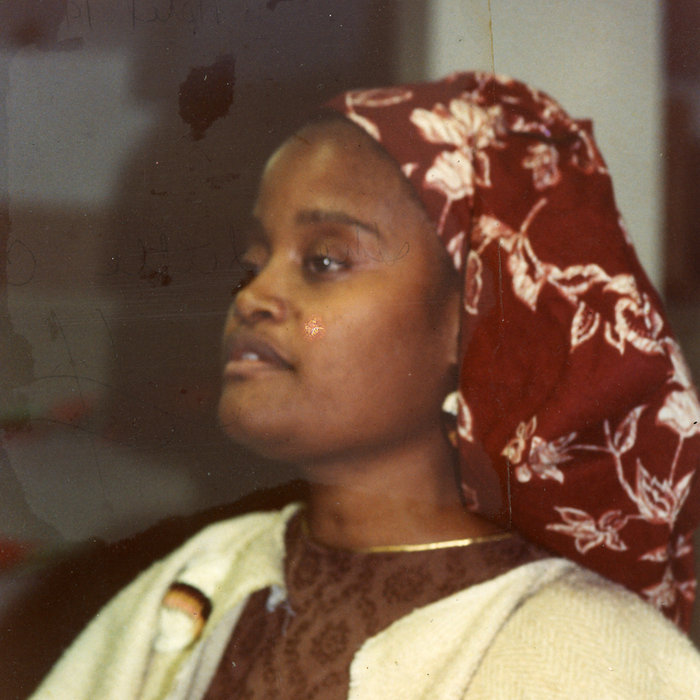 I was deeply saddened to hear of the passing of legendary jazz trumpeter (and occasional zither player) Kelan Phil Cohran at the age of 90 on Wednesday. While his accomplishments are too significant to fully do them justice, he played trumpet with Sun Ra and His Arkestra, co-founded the Association for the Advancement of Creative Musicians (AACM), was a respected educator (one of his students was a young Maurice White), opened the Afro-Arts Theater in Chicago, and invented the Frankiphone (aka space harp), an electric mbira. He also recorded extensively with The Hypnotic Brass Ensemble, a group composed of eight of his sons. Cohran was still regularly performing live until quite recently.
I was deeply saddened to hear of the passing of legendary jazz trumpeter (and occasional zither player) Kelan Phil Cohran at the age of 90 on Wednesday. While his accomplishments are too significant to fully do them justice, he played trumpet with Sun Ra and His Arkestra, co-founded the Association for the Advancement of Creative Musicians (AACM), was a respected educator (one of his students was a young Maurice White), opened the Afro-Arts Theater in Chicago, and invented the Frankiphone (aka space harp), an electric mbira. He also recorded extensively with The Hypnotic Brass Ensemble, a group composed of eight of his sons. Cohran was still regularly performing live until quite recently.
